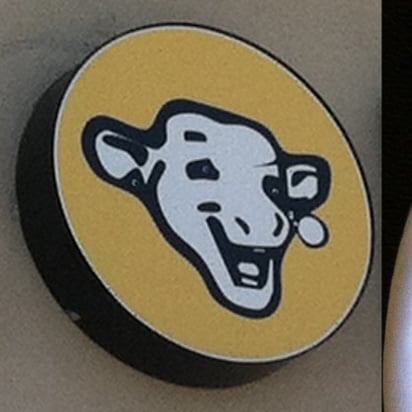The Capillary Cup is a zero-gravity cup designed by NASA astronaut Donald Pettit on the International Space Station. The product is an open drinking cup designed to be used in a microgravity environment, developed from Pettit’s desire to drink water without a bag and straw in outer space.


Well it’s a cup. So I assume so.
I don’t get how you’re supposed to drink out of it in zero g though as tilting it wouldn’t do anything. In the image he hasn’t perpet which sort of defeats the purpose.
I read through a couple of articles on it, and the design is rather smart. To my understanding of the fluid dynamics involved, the liquid in the cup basically sticks to the sides the the inside of the cup, there’s a thin valley like channel that leads up towards the mouth piece. That valley encourages the liquid to travel up to the mouthpiece by capillary action. The mouthpiece holds the liquid in place by expanding outward rapidly from where the channel ends (this is the flange part that looks naughty as everyone has been joking about).
So the drinking action would be to bring the mouthpiece to your lips, and once you make contact the capillary action and surface contact leads the liquid into your mouth.
The liquid would move rather slowly compared to terrestrial allegories of the same, but if you’re only drinking a few sips of coffee or something it shouldn’t be significantly different.
I’m sure this would work in the normal method in earth gravity, but because of the strong gravitational force, I’ve come to conclude that the capillary action of the cup would be massively countered by gravity and it would not function in the same manner on earth. The microgravity environment, IMO, is critical to have for the physics for the liquid flow work as intended.
This is what I came to the comments for! Thanks for the explanation, that’s cool as hell.
I’m guessing you swirl it around and it comes out somewhat controlled either at the top or bottom. Not sure though.